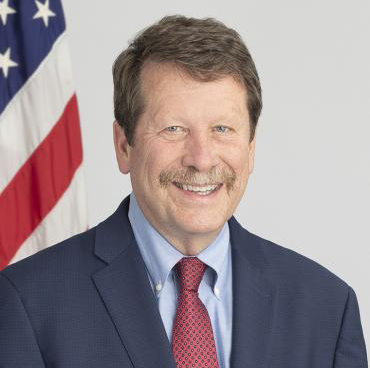FDA Updates Proposal for Unified Human Foods Program With New Model for ORA

On June 26, the FDA shared an update on its proposal to create a unified Human Foods Program (HFP), which includes a new model for the Office of Regulatory Affairs (ORA). The changes are based on findings and recommendations of a working group made up of agency officials with expertise in different functional and operational areas that has been working over the past several months to identify additional opportunities to bolster operations within the new HFP and ORA.
Based on recommendations from the working group and from the external evaluation conducted by the Reagan-Udall Foundation, the FDA is proposing the following additional changes:
- Establishing ORA’s core mission as conducting investigations, inspections and imports for all FDA-regulated products, with assignments planned in partnership with the HFP and other product programs or Centers. The new Deputy Commissioner for Human Foods will have oversight of all budget and resource allocations for the entire HFP, including ORA resources.
- Merging compliance functions currently managed within ORA into the HFP and the product Centers’ existing compliance functions to streamline operations and expedite decision-making.
- Realigning the eight Human and Animal Food laboratories that are currently managed by ORA into the HFP. These eight labs will team up with the four labs in the FDA’s current Center for Food Safety and Applied Nutrition (CFSAN) to form a unified food laboratory enterprise under the HFP. The labs will report to a member of the executive leadership team under the Deputy Commissioner for Human Foods, who will work closely with the Chief Scientist and the Center for Veterinary Medicine (CVM) director to coordinate on research priorities. These labs will remain open and in the same geographic location under the proposal.
- Transitioning certain functions under the Office of Security and Emergency Management, currently in the Office of Operations, to ORA. This includes the Office of Emergency Management, which activates Incident Management Groups with augmented staffing from relevant Centers and Offices to monitor and manage coordinated responses to emergency situations, such as emergencies involving regulated products like recalls, hurricanes, fires, floods, etc.
- As previously shared, unifying state and local food safety partnership functions and certain aspects of international food safety partnerships into an Office of Integrated Food Safety System Partnerships in the HFP. This office will report to a member of the executive leadership team under the Deputy Commissioner for Human Foods who will closely collaborate with the CVM director to advance a truly integrated food safety system.
- Reviewing support functions across ORA and proposing realignment of certain resources and personnel to support these changes. This includes staff and resources in ORA’s Office of Regulatory Management Operations, Office of Information Systems Management, Office of Training, and Office of Communications and Project Management.
- Prioritizing recruitment, retention and training opportunities for field-based employees with the availability of Title 21 hiring authority to support the agency’s ongoing efforts to increase its inspectional activities domestically and internationally.
“With a human food landscape that is rapidly evolving as consumer preferences, products, and manufacturing processes grow increasingly complex and public health needs increase, the FDA must build a stronger Human Foods Program and Office of Regulatory Affairs. Earlier this year the FDA announced steps to modernize and streamline our food program, including field operations, to address these mounting challenges,” said FDA Commissioner Robert M. Califf, M.D. “Listening closely to feedback provided by employees and stakeholders, our thinking has significantly broadened. We know that in front of us is a once-in-a-generation opportunity to unify our field work with the priorities of program offices and Centers. This is why I’m proposing a number of additional changes to ORA, including moving several of the office’s laboratories and merging its current compliance functions into those of the new HFP and other agency product Centers. These proposed changes are designed to help ensure the most strategic use of resources to meet the demands of our increasingly complex public health mission.”
The agency also provided high-level organization charts to reflect the changes that are being proposed as part of the unified HFP and new ORA model, and announced that it is considering a renaming effort for ORA to more appropriately align its title to the structure and functional duties of the agency’s field operations.
“I believe these proposed changes will result in a new structure that is more nimble, better equipped to prevent and respond to emergencies, like recalls, and enhance the agency’s ability to align inspection resources with our Center and program priorities while also supporting our employees and the public we serve,” said Califf. “We will continue to evaluate and make adjustments as we work closely with experts throughout the agency to revamp and enhance our field operations.”
The FDA noted that it recently began a recruitment effort to fill the position of Associate Commissioner for Regulatory Affairs who will lead ORA through the proposed changes and assist the organizational evolution as envisioned in this proposal if approved. The FDA is also in the final stages of the recruitment process for the Deputy Commissioner for Human Foods and stated that it remains on target to finalize its reorganization proposal, for both ORA and the unified HFP, this fall.
Image: FDA Commissioner Robert M. Califf, M.D.